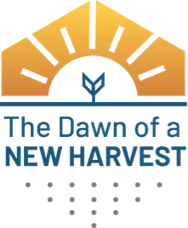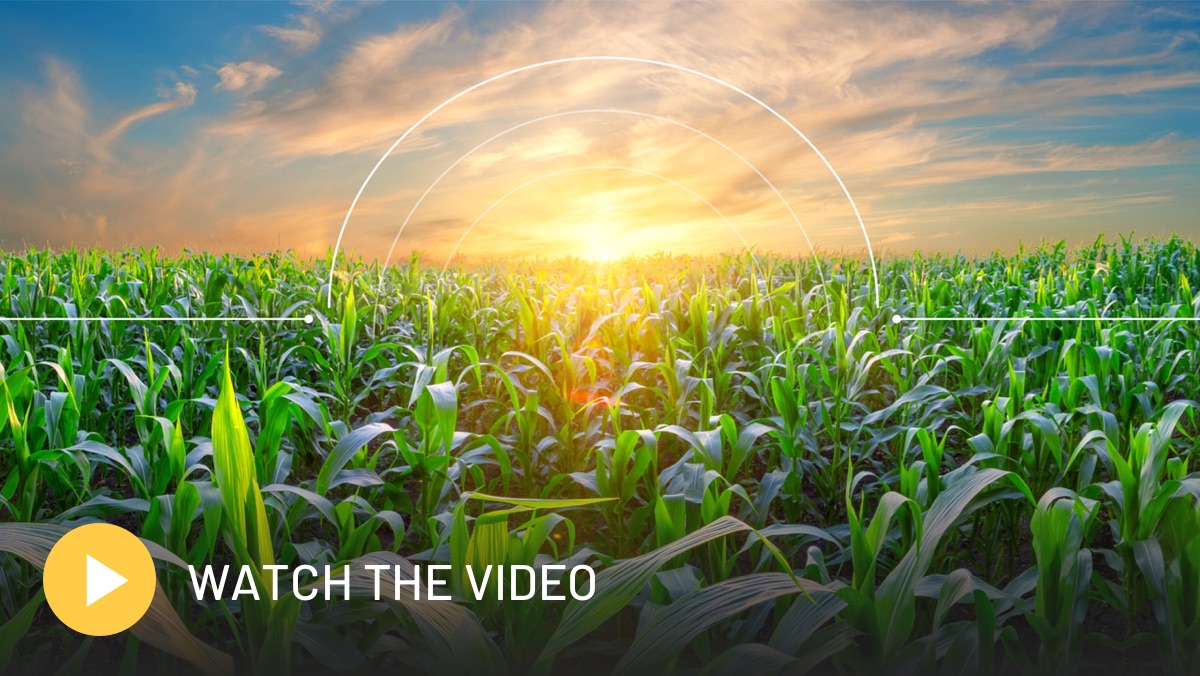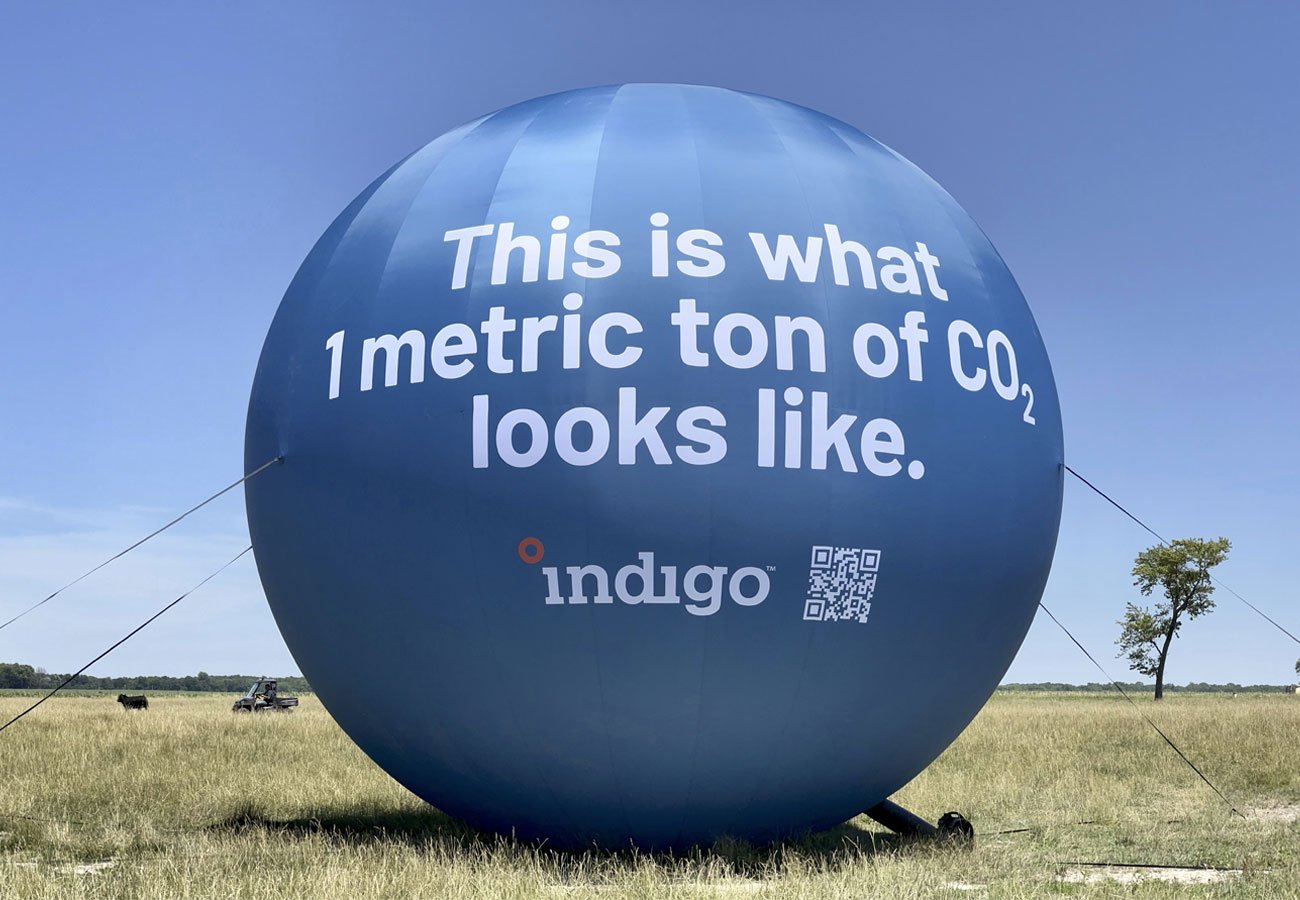Better Farm Economics,
Healthier Planet
In 2022, 175 farmers produced the world’s first crop of registry-issued agricultural carbon credits at scale. In February 2023, nearly 430 farmers produced a second crop of high-quality carbon credits more than 5 times larger than the first. But why does this matter?
Corporations are looking for accurately measured carbon credits to meet their sustainability goals. Farmers are capturing carbon from the atmosphere and storing it in their soils by adopting sustainable practices like cover crops.
Now, farmers across the country are getting paid for that work in the form of high-quality carbon credits to meet buyers' growing demand. These credits are being issued at scale, backed by rigorous science, independently verified by third parties, and with investments from leading corporations.








